双语阅读|从TTP到CPTTP:亚洲带头促进自由贸易

THE obituary of the Trans-Pacific Partnership (TPP) was widely written when Donald Trump pulled America out of the 12-country free-trade deal on the third day of his presidency. Yet, a year later and against all the apparent odds, the pact lives on. On January 23rd its remaining 11 members met in Tokyo to thrash out the final details of pressing ahead regardless. The plan is to sign a final agreement in March, to come into force in 2019. It will be one of the world's most exacting trade pacts, measured by openness to investment from other members, the protection of patents and environmental safeguards.
唐纳德·特朗普担任总统第三天时代表美国退出由12个国家参与的《跨太平洋伙伴关系(TPP)》,之后,这个自由贸易协议寿终正寝的消息满天飞。然而,一年后,跨越种种困难,这一协议仍没有死掉。1月23日,剩下的11个成员国在东京会面,商讨最终推进这项协议的细节。这项协议将于3月最终签署,并于2019年生效。它将是世界上最严格的一项贸易协定,是向其他成员国的投资的开放程度、专利保护和环境保护方面等作为其衡量标准。
The pact's resurrection is one of the more unlikely events in a year of surprises. After all, America accounted for almost two-thirds of the original bloc's $28trn in annual output. Access to the vast American market was what made other members readier to open up their own. Moreover, Mr Trump's retreat had sent a dismal message about the prospects of the open, rules-based order that America had underwritten. The Asia-Pacific region had benefited more than any from that order in recent decades—yet Mr Trump was declaring multilateralism dead and signalling an intention to raise barriers to trade. Soon afterwards, he ordered South Korea to renegotiate its free-trade agreement with America. And this week he imposed punitive tariffs on imported washing machines and solar panels, aimed at South Korean and Chinese manufacturers .
在这个意外不断的年份里,这项协议死后重生原本是不太可能发生的一件事。毕竟,美国占到了整个之前TPP成员国28万亿美元年产值几乎三分之二。进入广阔的美国市场是其他成员国更愿意开放本国市场的原因。此外,特朗普退出的决定发出了这样一种信息:美国之前支持的公开和规范的秩序前景暗淡。近几十年来,亚太地区从这一秩序中受益良多。然而,特朗普宣布多边主义不复存在,并示意有意提高贸易壁垒。不久之后,他命令韩国与美国重新谈判两国自贸协定。本周,他对韩国和中国制造商出口美国的洗衣机和太阳能电池板征收惩罚性关税。
In spite of this forbidding backdrop, the dauntless 11—Australia, Brunei, Canada, Chile, Japan, Malaysia, Mexico, New Zealand, Peru, Singapore and Vietnam—have regrouped. In Vietnam in November their leaders sketched out an agreement on the core features of a revised deal. The pact's name has changed, to the Comprehensive and Progressive Agreement for Trans-Pacific Partnership (CPTPP), in case the original had tripped too lightly off the tongue. But remarkably few (22, to be precise) of the original provisions have been frozen. The victims are mainly strictures insisted on by America. For instance, copyright has been reduced from 70 to 50 years. And special protections for biologics, a booming category of drugs, have been suspended.
尽管有着这种令人生畏的背景,无畏的11国——澳大利亚、文莱、加拿大、智利、日本、马来西亚、墨西哥、新西兰、秘鲁、新加坡和越南——再次抱团。去年11月,在越南,这些国家的领导人就修订协议的核心条款初步达成一致。该协议的名称改为《跨太平洋伙伴关系全面和渐进协定》(Cptpp),这是要与之前的协议相区别。不地,只要不多(确切地说是22条)的原有条款删除了。这些条款主要是美国所坚持限制条款。例如,版权期限从70年减至50年。对生物制药——蓬勃发展的药物领域——的特殊保护措施也解除了。
A few concessions were made to those still in the pact. Malaysia will not immediately have to liberalise its state-owned enterprises. Communist Vietnam can put on hold new rules about resolving labour disputes and allowing independent trade unions.
对留在协定内的国家有了一些让步。马来西亚不用马上让国有企业自由化。越南可以暂停解决劳资纠纷和允许建立独立工会的新法规。
The biggest foot-dragger was Canada, the second-biggest economy in the group (after Japan), which had wanted special treatment for cultural industries such as television and music—a concern for Francophone Canadians—and changes to the rules on imports of cars. Canada has a big car-parts industry, which caters mainly to American carmakers. Now that America has dropped out of the pact, fewer cars from this integrated North American supply chain will have enough content from CPTPP countries to qualify for tariff-free access to other members. But Canada will still have to open its market to Asian cars, subjecting its car-parts firms to a one-sided dose of foreign competition.
这项协议最大障碍是加拿大——该集团里仅次于日本的第二大经济体。它希望能对电视和音乐等文化产业给予特殊待遇——对讲法语的加拿大人来说,这是他们所关心的问题。修改汽车进口规则也是关注点之一。加拿大有一个大型汽车零部生产企业,主要面向美国汽车制造商。在美国退出协议的情况下,北美一体化供应链中的汽车数量将减少,而CPTPP成员国将提供足够的供给量,使其有资格获得与其他成员国之间的的免关税待遇。不过,加拿大仍需要向亚洲开放其汽车市场,这将让加拿大汽车零部件生产企业面临着来自国外压倒性竞争。
In the end Canada’s concerns were met with a favourite TPP trick: "side letters" between it and other members, that are not officially part of the deal. One of them promised Canada greater access to the Japanese car market. CPTPP's members were sufficiently determined to revive the pact, in other words, that they gritted their teeth and compromised.
最终,加拿大的诸多担忧会遇到TPP成员最惯用的方式:它与其他成员国签订“附件”,不在正式协议内容之内。一份附件承诺让加拿大能更多地进入日本汽车市场。换句话说,CPTPP的成员有足够的决心恢复协议,也就是说他们咬紧牙关,最终达成妥协。
How does CPTPP carry on, even as multilateralism has fallen out of favour elsewhere? For some members, including Japan, which has done most to keep the show on the road, there is a strategic imperative: to prop up the old rules-based order in America's absence. (The less-welcome alternative might be an order overseen by China.) Bilahari Kausikan, a Singaporean ambassador-at-large, predicts that America will eventually return to the partnership. After all, CPTPP (and TPP before it) is not typical of the tariff-cutting deals that Mr Trump claims have shafted America. Rather, it breaks ground in setting American-inspired standards and safeguards for everything from online commerce to creative industries. Mr Kausikan believes it is only a matter of time before American firms are clamouring to take part.
在多边主义不再得宠的情况下,CPTPP如何继续走下去? 对于一些CPTPP成员国来说,尤其是日本——它为保留TPP而费尽心思,一个必要的策略就是:在没有美国参与的情况下,维护以原有规则为基础的秩序。(一个不太受欢迎的替代方案可能是由中国主导的秩序。)新加坡巡回大使比拉哈里·考斯甘预测,美国最终会回到CPTPP之中。毕竟,CPTPP(以及之前的TPP)并不是特朗普所称不公正对待美国的关税削减协议的典型代表。相反,它在制订在线商务以及创意产业等各种美国倡导的标准和保障措施方面具有开创性。考斯甘认为美国公司吵嚷着参与进来只是时间问题。
Before then, others may seek to join an arrangement designed to be infinitely expandable. South Korea, Indonesia and the Philippines have expressed interest—even Britain has. And CPTPP is not the only trade deal making progress in Asia. Japan has just concluded a sweeping agreement with the European Union. The Association of South-East Asian Nations is seeking to create a vast free-trade area encompassing China and India, among others.
在此之前,其他国家可能会寻求加入一项能无限制扩充成员国的协定。韩国、印度尼西亚和菲律宾表示出加入的兴趣,甚至英国也表达同样的兴趣。CPTPP并不是唯一在亚洲取得进展的贸易协定。日本刚刚与欧盟达成了一项全面协议。东南亚国家联盟正寻求建立一个涵盖中国和印度等国的庞大自由贸易区。
Fair blow the Asian trade winds
亚洲贸易之风吹得好
In Asia free trade is more popular than it is in America and much of Europe. The question is why. One explanation is that in the West, trade creates winners and losers; in Asia, at a lower stage of development, it mainly creates winners, though some gain more than others.
在亚洲,自由贸易比在美国以及欧洲大部分地区更受欢迎。原因为何?一种解释是,在西方,贸易创造了赢家和输家; 在亚洲,由于处在在较低的发展阶段,它主要创造赢家,不过,有些国家比别的国家获得更多。
Yet that is not quite right. Asia’s pell-mell development creates lots of losers. It can be traumatic to be forced off your land to make way for a palm-oil plantation or a high rise. Inefficient rice-farmers across the continent have much to fear from free trade. Even in prosperous Singapore, points out Deborah Elms of the Asian Trade Centre, an advocacy group, it is still an emotional wrench to see nearly every landmark of your childhood vanish in an orgy of rebuilding.
然而,这并不完全正确。亚洲盲目地发展造成了许多输家。为一个棕榈油种植园或一个高层建筑而被迫腾出自己的家园,这让人心伤。亚洲大陆效率低下的稻农们很多理由恐惧自由贸易。宣传团体亚洲贸易中心的黛博拉•埃尔姆斯指出,即使是在繁荣的新加坡,在看到童年里几乎每一座地标建筑都在疯狂的重建中消失,情感上会很痛苦。
The difference is that most Asians don't have what Mr Kausikan calls the illusion of choice. Trade is how billions of them have attained a modicum of prosperity. And thanks to rapid, trade-fuelled growth, the drawbacks of opening markets seem relatively insignificant. For as long as wrenching change is offset by the prospect of a better tomorrow, Asia will fly the flag of global trade even when it is being furled elsewhere.
不同之处在于,大多数亚洲人并没有考斯甘所说的选择错觉。数以十亿计的人通过贸易获得了些许的繁荣。由于贸易推动的快速增长,开放市场的弊端似乎相对微不足道。只要痛苦的变化由美好明天的前景所抵消,亚洲就会在全球贸易的旗帜上飘扬,即使这面旗帜在其他地方已收起来了。
编译:林莉&潘锦媚
编辑:翻吧君



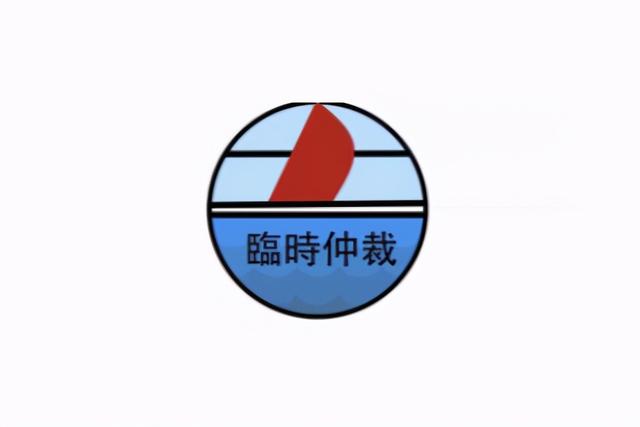










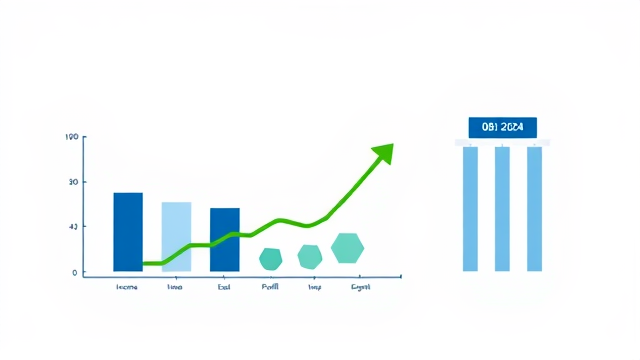
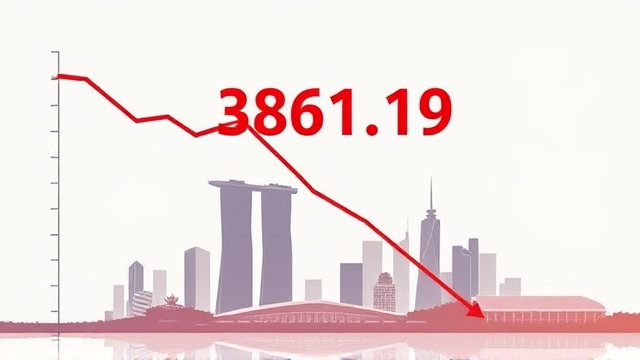



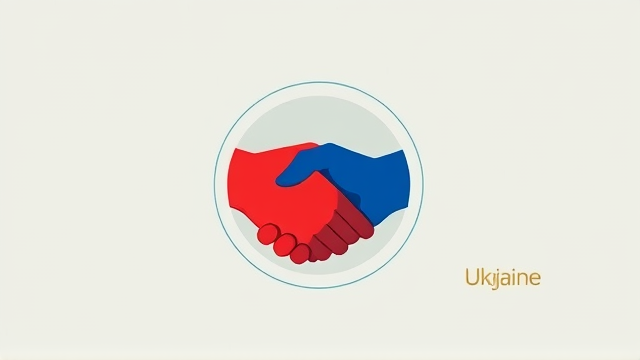
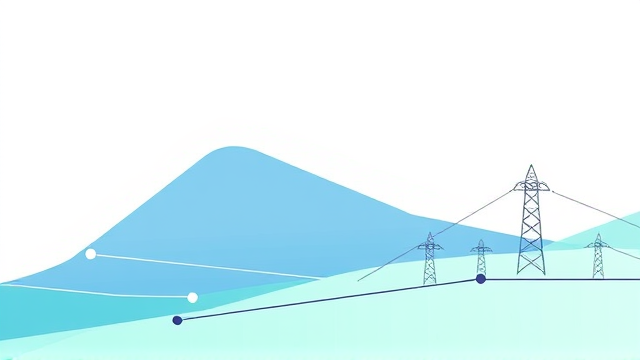
评论